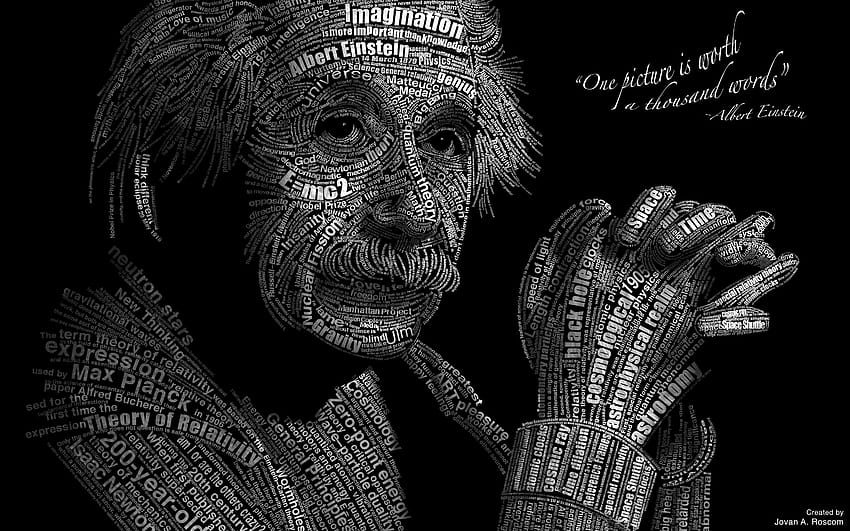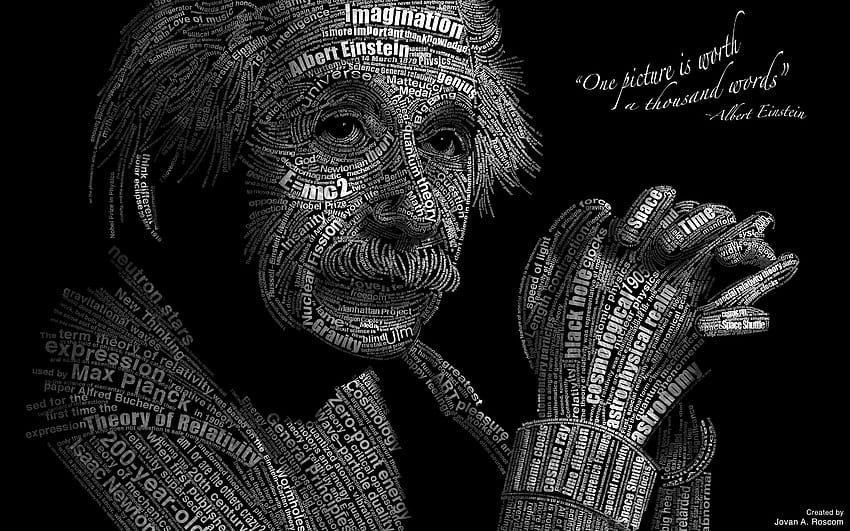Introduction to Pareidolia:
Pareidolia, the phenomenon where humans see discernible images—particularly faces—in random or unexpected places, is a fascinating quirk of perception. It involves the brain's tendency to interpret vague stimuli as recognizable patterns or shapes, often resulting in the perception of faces where none exist.
Biological Process of Vision:
The process of turning an image into a recognizable object is intricate. Light enters the eye, hits the retina (which initially receives an inverted and reversed image), travels through optic nerves, and arrives at the brain's visual cortex where the data is processed into a coherent image. When the brain perceives what it interprets as facial features, it triggers neurological activity in the fusiform region, responsible for recognizing faces.
How Pareidolia Occurs:
Pareidolia happens when the brain fills in the gaps, identifying minimal details that vaguely resemble facial components, like eyes or a nose, and then completing the image as a face. This tendency stems from the brain's incredible ability to identify faces based on even the slightest cues.
Gaze Perception and Adaptation:
Interestingly, not only do people perceive faces in objects, but they also tend to detect a gaze within those faces. Research suggests that repeated exposure to faces looking in a particular direction can influence how the brain perceives the gaze's direction, demonstrating adaptability in the brain's interpretation of visual input.
Why Faces? Evolutionary and Social Factors:
Faces are the most common stimuli encountered in childhood, possibly making it easier to induce pareidolia. Moreover, the ability to recognize faces likely served as an evolutionary advantage in facilitating social interaction and detecting potential threats (like predators), although this sensitivity sometimes results in false positives—seeing faces where there are none.
Gender Differences and Other Factors:
Studies suggest gender differences in perceiving faces, with women often being more adept due to their ability to decipher emotions through facial expressions. Neurodevelopmental factors such as face prosopagnosia, autism spectrum traits, and even religious beliefs have also been linked to variations in pareidolia.
Emotional Projection and Its Influence:
Beyond mere facial recognition, our brains tend to attribute emotions and personalities to inanimate objects, projecting our own emotional worlds onto what we perceive. This ability likely evolved due to the necessity of quickly interpreting emotions for survival purposes, like discerning friend from foe.
Commercial Exploitation and Influence in Advertising:
Businesses capitalize on pareidolia by intentionally staging objects or advertisements to resemble faces. Studies have shown that incorporating face-like features in ads or structures can evoke emotional responses and increase brand recognition.
Conclusion and Engagement:
The phenomenon of pareidolia involves both a biological process of perception and a behavioral component. It reflects our brains' remarkable capacity to interpret patterns and shapes, often influenced by social, emotional, and evolutionary factors. Finally, the audience is encouraged to share their experiences of seeing faces in unexpected places.
What do you think about this phenomenon? Have you ever experienced pareidolia yourself?



